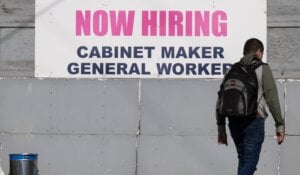Returning to work after a layoff due to COVID-19
If employers don't recall staff they laid off due to COVID-19 by January 2, 2021, those layoffs will have to be treated as terminations, with pay provided to the affected employees. Meanwhile, some employees have been asked to return at lower pay, reduced hours or with additional responsibilities. What are their rights?












Can I tell the bank it’s not viable for me to pay the full amount on my loans? And no, I can’t afford a deferral, I need a suspension if not a annulment. Best would be a write down to my ability to pay. We are all in this together, right? Why are only debt holders being protected?
Response from the MoneySense editorial team:
Hi Greg, thank you for the question.
Due to the large volume of comments we receive, we regret that we are unable to respond directly to each one. We invite you to email your question to [email protected], where it will be considered for a future response by one of our expert columnists. For personal advice, we suggest consulting with your financial institution or a qualified advisor.
Very good information in this article. I was laid off due to COVID on 25 March and am hoping to get back to work. I would much rather work and go on EI.
What do you do in the mean time? Find another jobwhich isn;t easy), or wait for that termination pay? You have to be truthful to Ei regarding availabliity. In the end I think the new job would be better. At least the person is working. What do you think?
Hopefully the pandemic will be easing off and a vaccine near. This is a well written article on the effects of the pandemic on people and the economy. Employers face specific guidelines and employees just want to go back to work. But it’s not that easy because of Covid. Safety should always be priority but people are struggling. Mistershaka.com